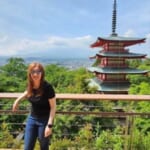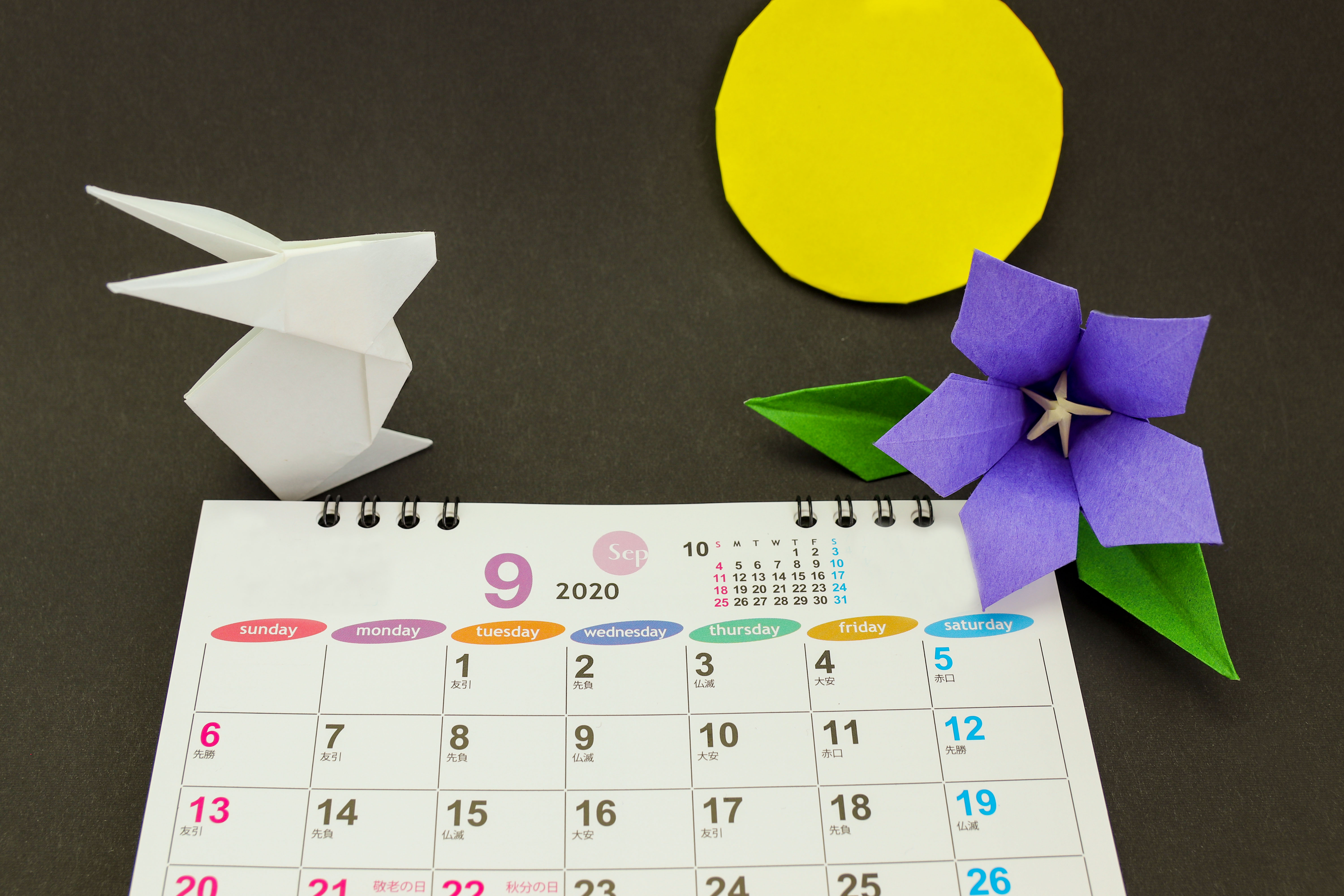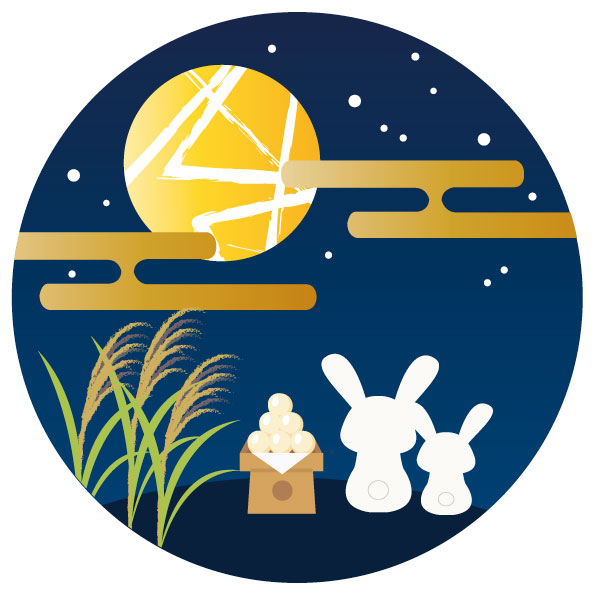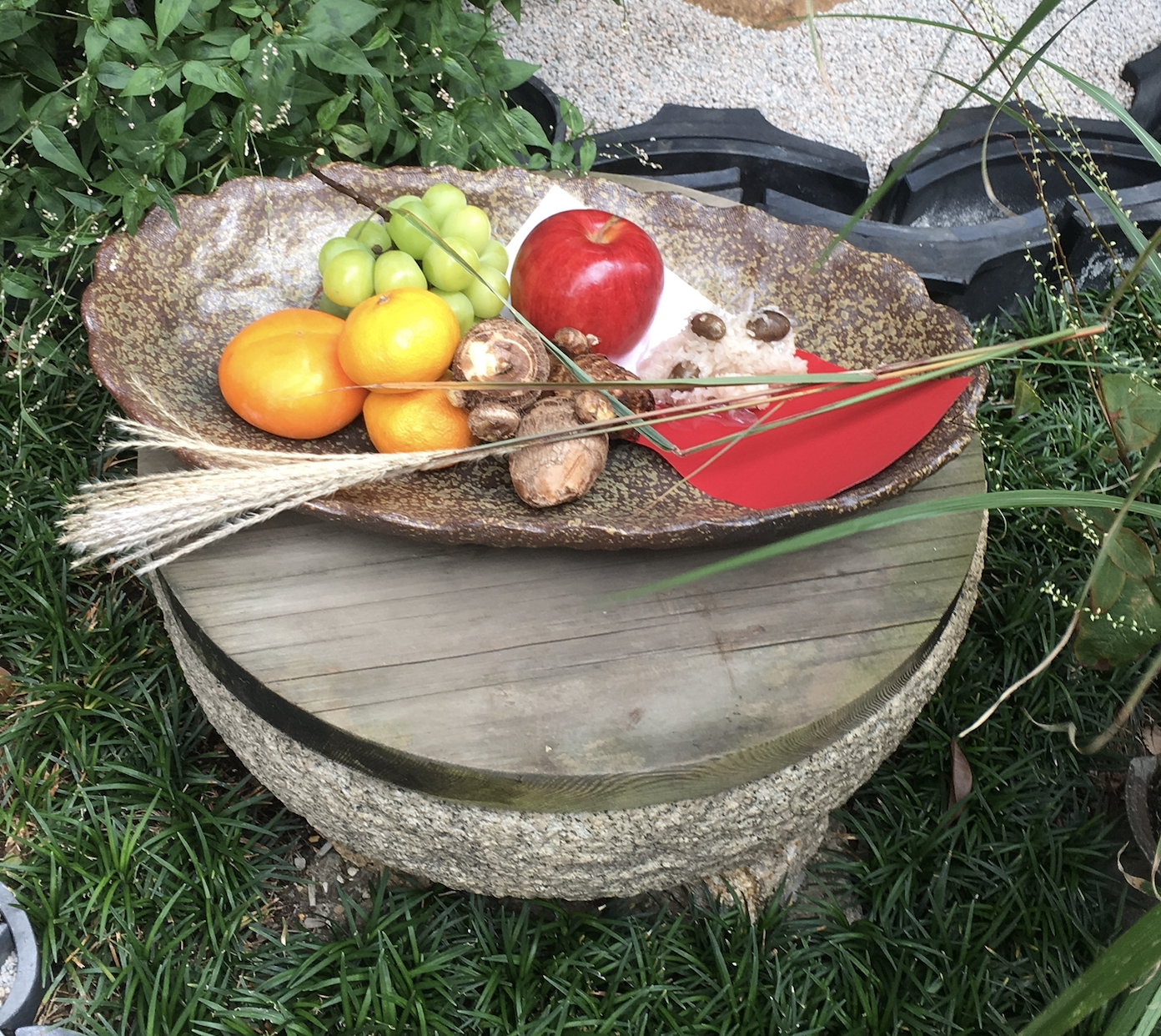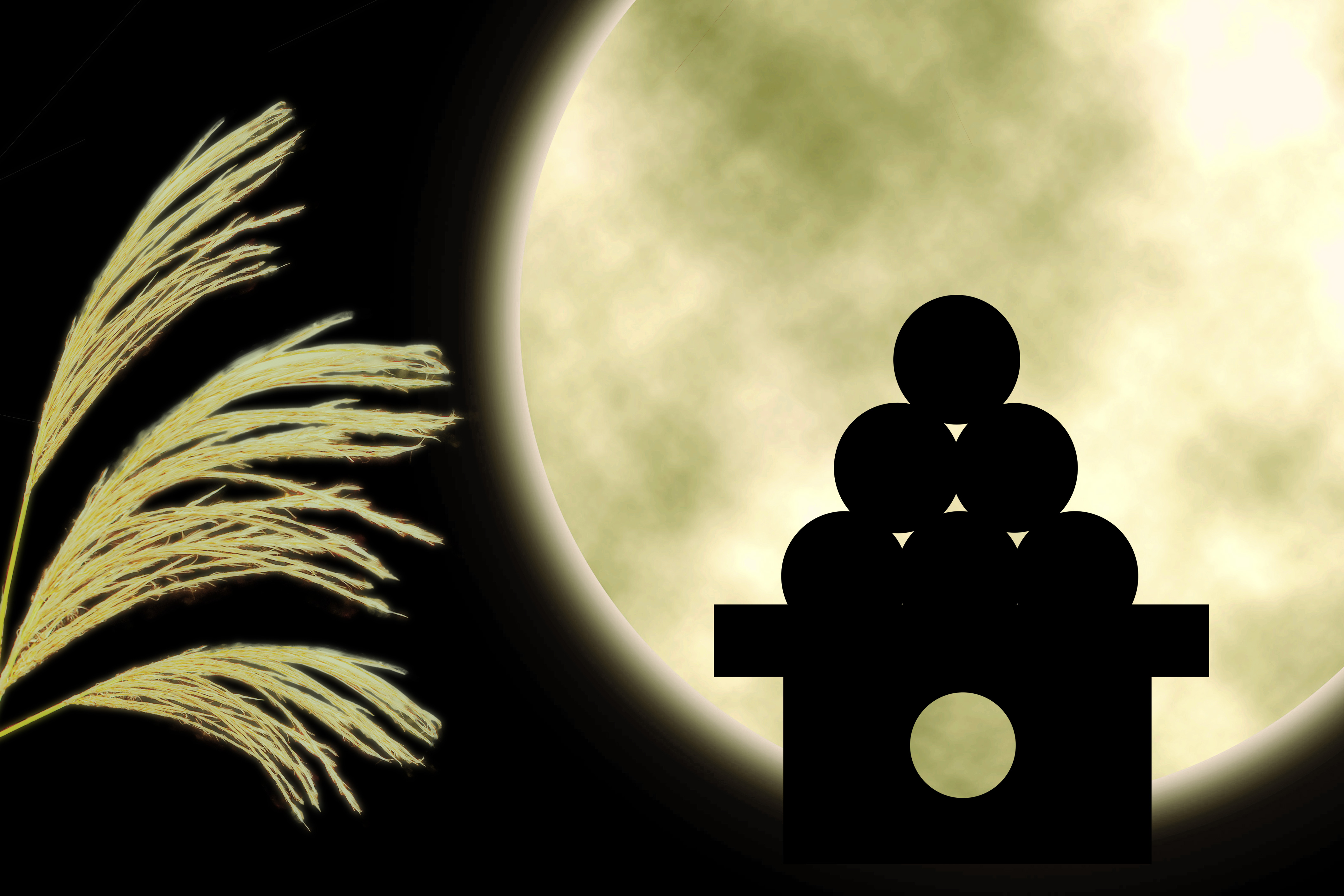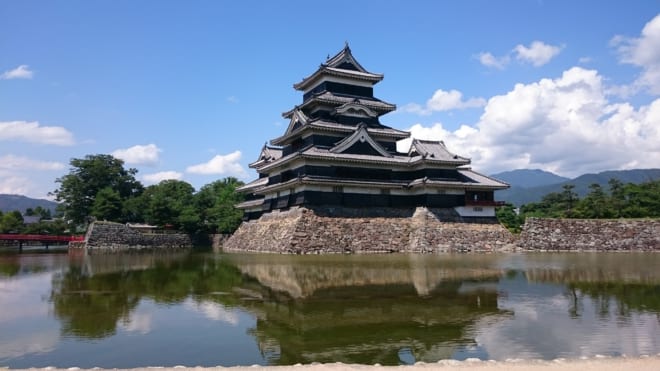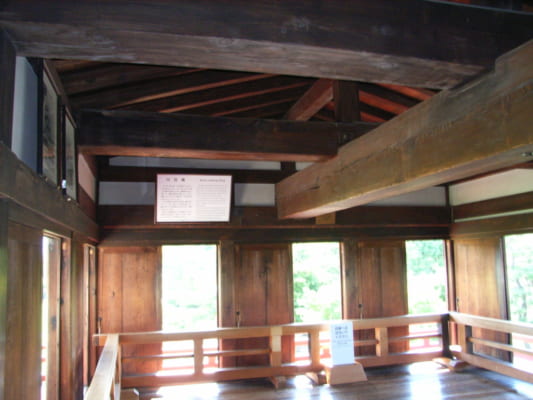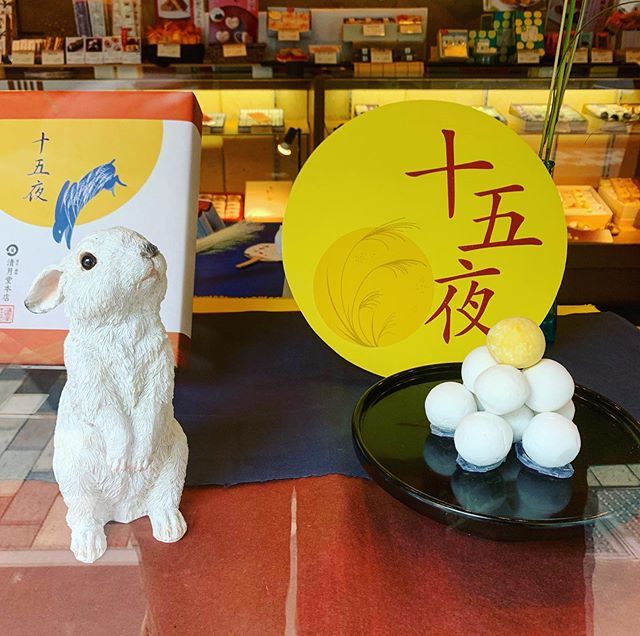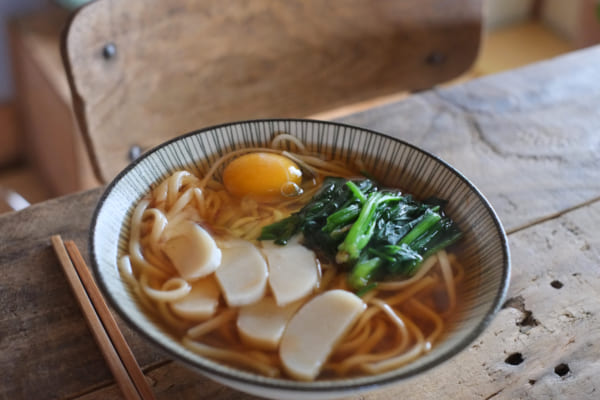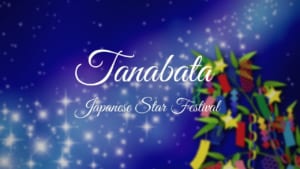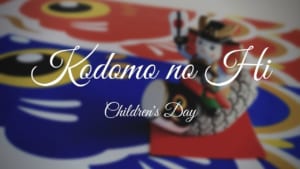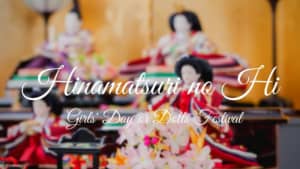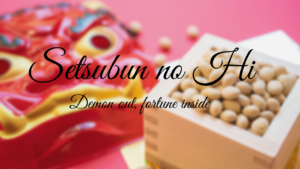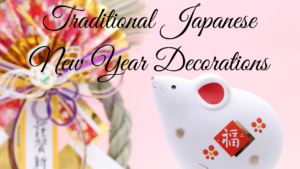Tsukimi: Harvest Moon Viewing Festival in Japan
The Japanese festival about a rabbit that makes rice cakes on the moon
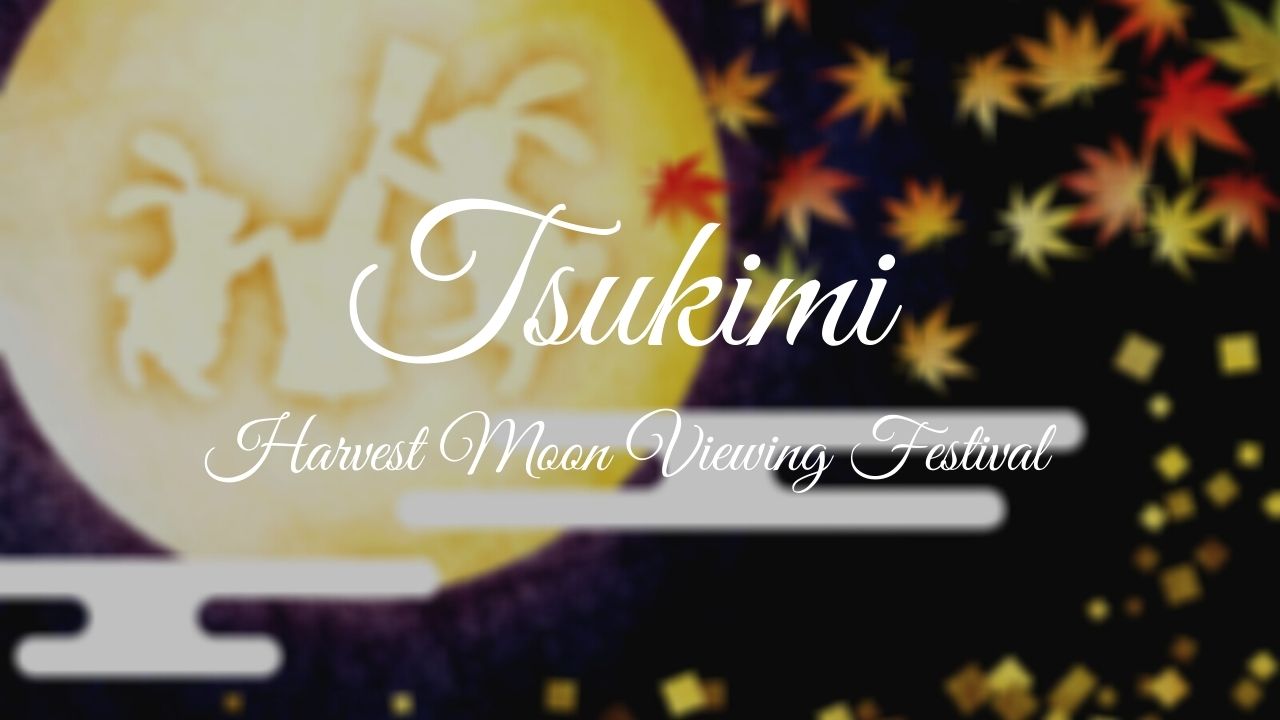
As in Japan the beginning of the summer is marked by the Tanabata or Star Festival, the beginning of the autumn is marked by the Tsukimi (月見) or Moon viewing Festival. The word Tsukimi literally means “to look at the moon” (月-tsuki- means moon and 見-mi- means look) and this festival is related to a Japanese legend that says that on the moon there is two rabbits making mochi.
Tsukimi is celebrated between the end of September and the beginning of October (the date varies each year), exactly on the 15th day of the eighth month according to the lunar calendar. This year the appointed day is October 1. It’s celebrated on this date because due to the position of the earth and the sun it’s when the moon is in the best position to observe it in the northern hemisphere. The full moon is said to be brighter and prettier than usual.
The origin of the Tsukimi
The Tsukumi is a tradition of Chinese origin that was imported into Japan more than 1,500 years ago during the Nara (710-794) and Heian Era (794-1185). At that time, it was only the Japanese nobility who would celebrate it, organizing banquets during the tsukimi in which music was played and poems were composed under the moonlight. It was often celebrated from a boat, to see the moon reflected in the water.
Later in the Edo Era (1603-1868) it began to diversify and became a popular festival celebrated by everyone, although not all people could afford to seat on a boat to read poems so they began to have more modest celebrations. It was also then that the Tsukimi was mixed with the autumn festivals in which offerings of the new harvest were made to the gods in gratitude for that year and as a request so that the next year’s harvest would also be abundant. With the passage of time the Tsukimi itself became a ritual to show appreciation for the abundance in the harvest.
The legend of the Tsukimi
As I said at the beginning of this article, the Tsukimi is related to a certain Japanese legend. According to this legend, when you observe the full moon during this night, you can see two rabbits kneading mochi (a Japanese kind of glutinous rice paste) with a mallet. In the Chinese version of the tradition, it’s the elixir of immortality what the rabbit is preparing, often accompanied by Chang’e, the Chinese Moon Goddess.
All Japanese know the story that on the moon there is a rabbit making mochi, but many don’t know where the legend comes from because there is a rabbit on the moon.
Many years ago, a monkey, a fox and a rabbit met an old man in the forest. The old man told them that he was very hungry, and ask if they could get him something to eat. The monkey went to the mountain and brought various fruits and nuts (apples, persimmon, chestnuts, etc.). The fox went to the river and brought fish. But the rabbit, although he tried really hard couldn’t bring anything. After thinking about it, the rabbit offered himself as food and jumped into the fire. The old man, who turned out to be the God of the Moon, was very moved by the gesture of the rabbit and resurrected him on the moon so that he would live there forever.
The Tsukimi today
As it began to be done in the past, currently on this date the Japanese meet with their family or friends for dinner, usually in outdoor places such as parks or gardens, from where they can clearly see the moon. Shrines, temples, traditional gardens or parks organize special activities to enjoy the tsukimi. In some shrines or temples they preserve the tradition of reading poems, and include musical and dance performances. Some parks include special illuminations.
In Tokyo, places like the Tokyo Tower or the Skytree also join these special activities, extending their opening hours so that people can better contemplate the moon and including music or some other special activity.
Also, some of the most famous castles in the country perform special acts in their gardens, such as Himeji Castle or Matsumoto Castle. Matsumo Castle is especially linked to this festival, since inside it has the Tsukimi Yagura or Moon Viewing Tower. This tower was specially designed to observe the moon, and it doesn’t have any defense equipment. The structure of the building is simple with only pillars and many windows with wooden sliding doors on which crosspieces are applied horizontally. There are numerous windows on all four walls of the room, and when the people who lived in the castle wanted to gaze at the moon they would remove the horizontal crosspieces and sit on the tatami in the middle of the room.
Tsukimi typical food
Probably the reason why Japanese people see a rabbit kneading mochi is because in Japanese the process of kneading mochi is called “mochitsuki” that coindices with the word full moon (the kanji are different but the word is pronounced the same). That is why in this celebration, in addition to meet with your friend and family to watch the full moon, a pyramid of “tsukimi dango” (月見団子) is prepared, which are made of “mochi” (the same as the rabbit on the Moon kneads).
In some places like tea houses they offer tsukimi dango in adorable rabbit shape.
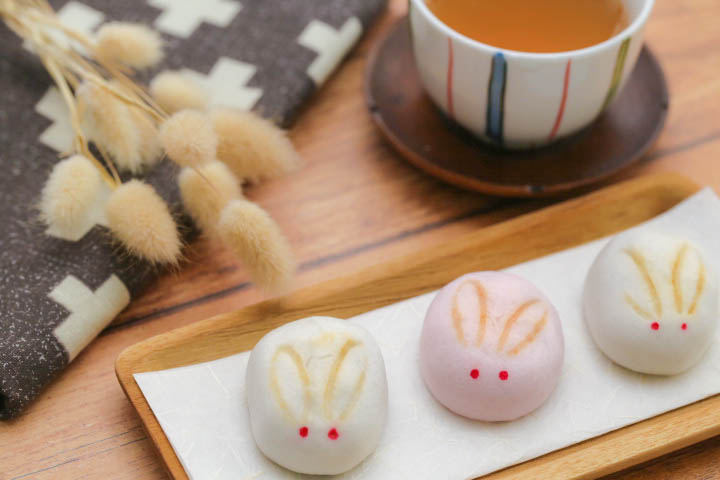
Although traditional is usually mochi, the tradition of tsukimi has also influenced other dishes. The egg yolk, by its shape, reminds of a full moon. That is why during September in Japan we can also see dishes like tsukimi udon (udon with raw egg) or a special pizza with egg.
Since some years McDonald’s Japan launches every year at this time a line of special products for tsukimi, which include hamburgers with eggs but also special desserts and drinks and it is one of the most popular dishes. Many people look forward to this special McDonald’s menu every year and share photos on social media.

What do you think of this festival? I thought it was quite curious and cute the first time I heard it and wanted to share it with you! If you’re in Japan for this day, I recommend you try to eat tsukimi dango to get into the local culture for a little! ????
If you liked this article and want to know more about Japanese culture or Japan in Autumn, don’t miss these articles too!
▽Related Articles▽
▼Editor’s Picks▼
Written by
From Barcelona to Tokyo. Coffee & Adventure lover.
I started to like Japan because of the anime, music and dramas, but after my first trip to the country I found what I love the most: traveling around, the culture and history. I have travelled a lot in Japan, but I still have many places to discover that I want to share with you. Let’s discover Japan together!
Also, as a foreigner living in Japan for over 6 years I understand what kind of things are difficult when you move here and I want to help other people in the same situation that I have in the past.
